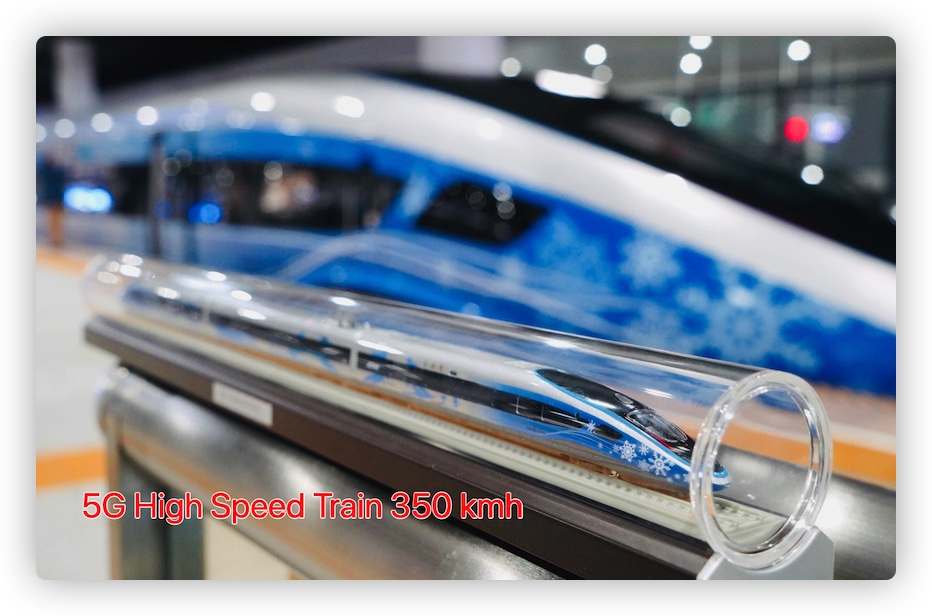The 5G Materials Battle: Sub-6 GHz vs mmWave
5G deployment is in full swing with mid-band infrastructure installed by the end of 2021 representing nearly 6 times what it was in 2019 especially in China and the “Belt-Road” infrastructure. However, this doesn't mean that all of the challenges have been solved. Much of the 5G infrastructure is repurposed 4G equipment at lower frequency bands. The real transition to 5G comes from the adoption of higher frequencies which have largely been categorized into sub-6 GHz and mmWave (> 20 GHz) bands. As 5G deployment transitions to higher frequency, the antenna design, technology, and material choices transition too. The demand of chips and chips packaging materials like WLCSP carrier tapes are also pushing to a demanding level, as to the incoming forecast of Nexteck Singapore Pte, Ltd., Hence, these will impact several factors such as the semiconductor technology, the associated die attach materials, and thermal interface materials and their supply chain.
Whilst sub-6 GHz 5G may not provide the astonishing speeds and applications often publicized for 5G, it plays a crucial role in achieving coverage over large areas. Some of this is accounted for in lower bands more comparable to historic 4G but as we push above 4 GHz, the historic “laterally-diffused metal-oxide semiconductor” power amplifiers begin to struggle with efficiency. This is where wide bandgap semiconductors like GaN (gallium arsenide) start to shine. GaN being adopted by players like Huawei in their 4G infrastructure, this is strongly referected by Nexteck Group end customers. GaN is expected to take a greater market share in 5G and with GaN comes a transition in the die attach technology. In fact, GaN power amplifiers will see a 400% increase in yearly demand over the next 10 years for 5G infrastructure. AuSn is the typical die attach material for GaN today, but we foresee an opportunity for sintered pastes as a replacement with their improved thermal performance.
Another popular technology for 5G is massive MIMO, enabling infrastructure to serve more terminals in the same frequency band. This increases the number of RF chains per installation, beamforming capabilities, and the number of antenna elements used in networks. The result is an increase in the materials required for the antenna PCB, power amplifiers, beamforming components, and many more. Massive MIMO also drives data transfer rates and channels higher leading to a greater requirement on baseband processing units, power consumption, and hence greater market opportunities for thermal interface materials.
The above is anything open opportunity for all Packaging materials suppliers in South-East Asia, of which Nexteck Singapore Pte Ltd would like to share and support with all end-users or partners in this field.
